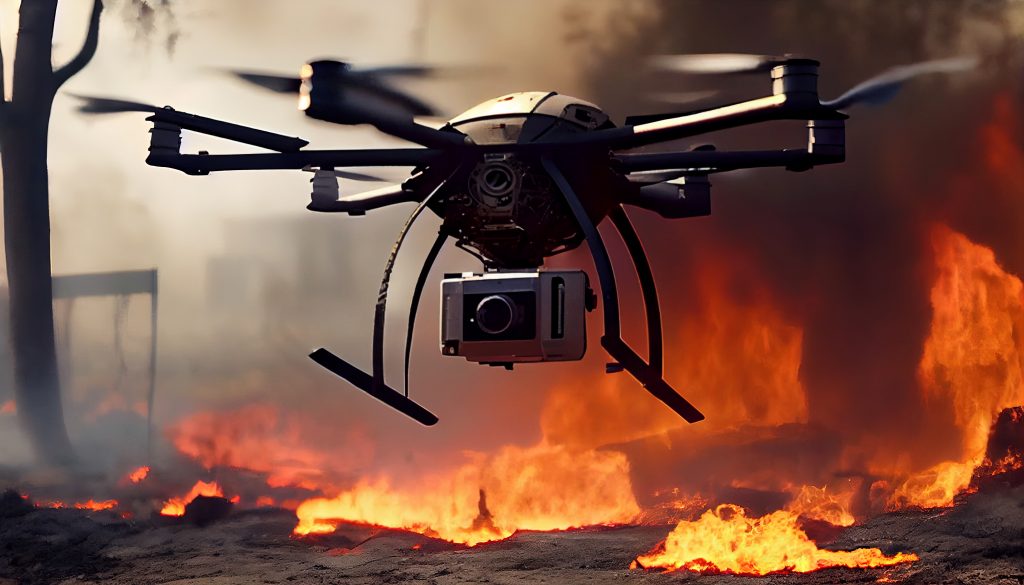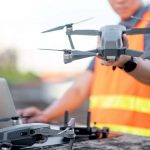Information about police drone use is limited. Many have questions regarding the use and capabilities of police drones. This is not legal advise only a discussion surrounding some commonly asked questions including:
Can police drones see in your house?
In general, people are entitled to a reasonable expectation of privacy inside of their homes. The 4th Amendment protects against unreasonable search and seizure. The immediate area surrounding the home is afforded the most protection. However, police are able to enter unto property and investigate if they have probable cause to suspect a crime is taking place.
Police do not have to turn a blind eye if they are passing your home and see something illegal inside of your house.
Can police use drones without a warrant?
If you are out in public, anyone is capable of seeing you. A drone is able to spy on you because you have no reasonable expectation of privacy. Police drones are capable of searching well beyond what is accomplished by the human eye. The temptation to abuse the power is great.
A police drone could be watching you on the street right now and you would have no clue. Additionally, if a crime is committed the police often chase down suspects t using this advanced technology. Thermal imaging cameras are so sensitive that the heat signatures are still visible on the camera, lingering even when a suspect has moved away from an area.
How long can a police drone stay in the air?
This is obviously going to change as the technology gets more advanced and cheaper. A lot of departments have drones in their fleets that can work for about 30 minutes, currently. The more advanced drones will be able to stay in the air for a longer time.
Some departments have a variety of drones These units are able to switch out drones, if required. Some are purpose-built for hostile indoor situations. Other drones are intended for outdoor surveillance.
Budgets of the departments will help determine the types of drones they have. The drone units, while cheaper than traditional helicopters can still be quite expensive to run and maintain. The drone program in the city of Chula Vista has 29 operational drones working 70 hours a week.
What type of drones are police using?
Police are using many different drones with great results. Each department is seeking the tools that will help them perform the job most efficiently. In Florida and other jurisdictions laws limit the drones to only US made drones.
A number of reputable American drone businesses exist and can quip the police with cutting edge technology that will be useful for many applications.
One popular drone in use is the Brinc Lemur tactical drone, equipped with a glass breaker and in able to flip over after a crash. Drones like this are able to maintain two way communication. Furthermore, capable of handling situations with dangerous suspects.
The technology is capable of locating suspects, wherever they are found, within buildings, even at night.
Police drones at night are just as capable due to the thermal imaging software. Suspects are not able to hide.
In Torrance, California, a copper thief was captured when trying to escape, running on the rooftops from his latest caper. The suspect was not able to get away from the drone. This police unit has been operational since 2016 and has received waivers for its operation. The program is expansive and criminals are finding out.
In Turlock, CA, a suspect was recently fleeing in a high speed foot chase from a school. Drone technology is an advantage that when combined with canine units is according to some, redefining policing. Suspects are at a serious disadvantage from the drones.
Numerous suspects have already been apprehended because of the program in the short time its been running.
In conclusion, drone technology is highly advanced for use in police work. No standard police drone exists. Each department has the goal to be effective. Common sense would suggest they want to purchase the best tools, capable of handling their rigorous demands.





